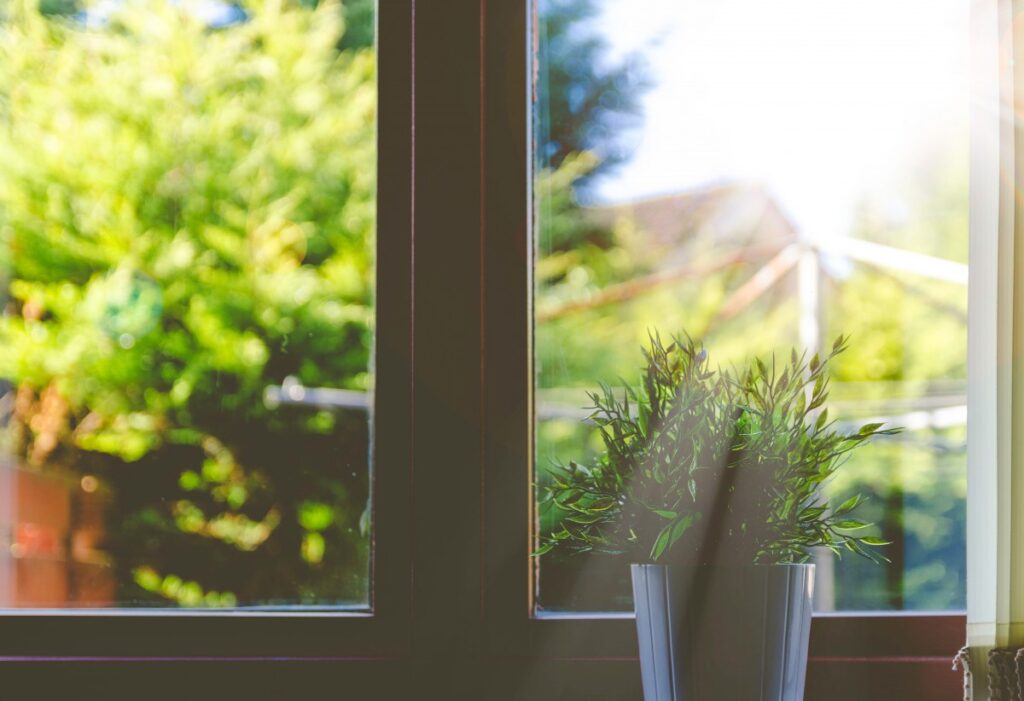Because of its rising solar and thermal efficiency and simplicity of installation, glass is one of the most widely used and versatile building materials today. The use of low-e coatings that are both passive and solar-controllable is one way to achieve this level of performance. In other words, what is low-emissivity glass? Using the knowledge provided here, you will have a thorough grasp of the coatings industry.
When it comes to a better knowledge of coatings, it is important to grasp the sun’s radiation spectrum. The wavelengths of the light determine the distinctions between UV, visible, and infrared (IR) light. UV, visible, and IR light all occur in different parts of the solar spectrum.

Conditioner Coating With Low-E Performance
When measuring the performance of triple silver low-E coating glass, the UV radiation responsible for fading interior materials such as textiles and wall coverings is 310-380 nanometers.

380 to 780 nanometers is the range of wavelengths considered to be visible light
Buildings may be heated by infrared light (or heat energy) that has wavelengths that begin at 780 nanometers, which is about the wavelength of visible light. Long-wave infrared energy is used to describe heat emitted by heated objects, while short-wave infrared energy is generally referred to as “solar infrared energy.
Glass can still transmit visible light through it, but the amount of ultraviolet and infrared radiation that can pass through it has been reduced.

Glass absorbs heat or light energy and either moves it away from the glass surface or returns it to the observer. With light shining on it, an object’s ability to emit energy is measured in terms of its “emissivity.” Emissivity is generally connected with the brightness and brilliance of materials, whereas emissivity is often associated with the darkness and dullness of the same materials.
A kind of long-wave infrared radiation, which may vary in intensity based on the surface’s emissivity and temperature, is emitted by all materials, including windows. Solar radiation is an important component in determining how well windows transfer heat. Emitting less heat via one or more glass surfaces may boost an energy-efficient window’s performance by as much as 30 percent. Sun control glass from Vitro Architectural Glass (formerly PPG glass) has an emissivity of.85, compared to the.84 of uncoated glass. In terms of emissivity, solarban 70XL glass has an emissivity of just.02.

Coatings for Low-E Windows: A Guide to the Different Types and Processes
Among the two types of low-e coatings are passive and solar control. Non reflective low-e coatings are under the category of passive low-e. This decreases the demand for the use of heating systems. Solar control low-e coatings are used to minimize the amount of solar heat that flows through buildings in order to keep them cooler and reduce energy consumption associated with air conditioning.
 Pyrolytic Process Internet Web Site
Pyrolytic Process Internet Web Site
It is possible to make pyrolytic and Magnetron Sputter Vacuum Deposition low-e glass using the same production processes. A strong bond is formed between the heated glass surface and the coating once it has cooled, making it ideal for use in the manufacturing process. In order to be sent to fabricators and other end users, the glass is then cut into stock sheets of various sizes Vacuum chambers at room temperature are used to apply the coating in the MSVD technique, which originally appeared in the 1980s and has been refined over the last three decades.


